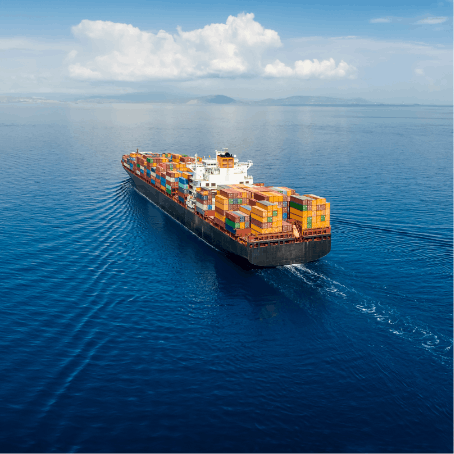What the Commonwealth’s quantitative analysis tells us.
The Commonwealth is a voluntary association of 54 independent and equal countries including advanced economies and developing countries with shared goals such as development. The latest report from the Commonwealth Connectivity Agenda estimated the widespread adoption of digital trade documents could generate an additional US$1.2 trillion in trade for member countries by 2026. The report also suggests Commonwealth exporters could reduce costs by around 75 per cent on average, adding further weight to the argument for paperless trade. In this article, we examine some of the key findings of the Commonwealth report, how they make the case for paperless trade, and how this can be enabled by open-source standards.Today’s paper-based processes are complex and slow
International shipping generates many documents that are exchanged between multiple parties. They include booking documents, bills of lading (B/Ls), carrier and authority certificates, import/export licenses, vessel sharing agreements and more. In fact, the industry is so document-dependent, it is not uncommon for a shipping document package to contain 50 sheets of paper that must, in some cases, be exchanged between 30 different stakeholders. These documents aren’t standardised, and most are still paper-based. Sending and receiving paper is slow and document hold-ups can mean cargoes get held up in ports. Exchanging paper is also expensive – about US$11 billion per year for paper B/Ls – yet despite this, in 2021 less than 1.2 per cent were electronic bills of lading (eBLs).1 What’s more, paper-based processes are prone to errors and can be insecure with the potential for fraud.What the Commonwealth says about a move to paperless trade
The Commonwealth’s recent quantitative analysis of the move to paperless trade acknowledges the shortcomings of the current process. It set out to quantify the potential impact of adopting paperless trade documentation, particularly for Less Developed Countries (LDCs) and Small Island Developing States (SIDS) in the Commonwealth. The analysis found that facilitating digital trade could increase trade across the Commonwealth by around US$90 billion, and that legal reform to support digitalisation could add a further US$1.1 trillion, bringing total paperless trade benefits to nearly $1.2 trillion by 2026. The Commonwealth asserts that the report’s findings present a strong business case for change. Digital documentation, the report summarises, can help reduce the costs of trade and provide a mechanism for enabling finance. Electronic transferable records can contribute to addressing border and transportation costs. At present, these mount up. The Commonwealth’s findings reveal average border costs (compounded by border irregularities and waiting times at crossings) of around US$521 for a shipment of US$25,000, and paperwork costs of an average US$79 for the same shipment value. Taking Singapore as an example, the report illustrates an average calculated cost reduction of just under 80 per cent from digitising documentation processes associated with border crossing, rules of origin and international commercial terms. Overall, average cost reductions resulting from the introduction of legal reform to enable electronic transferable records across the Commonwealth, are put at around 75 per cent and for some costs, as much as 81 per cent.How digital standards help
Paperless trade stands to make commercial container shipping faster, cheaper, more secure and environmentally friendly. However, container shipping currently lacks the common data language and process framework required for seamless information exchange. Open-source standards, which can be freely adopted throughout the supply chain, underpin the infrastructure and processes required for the collaborative communication of shipping data. Without standards, documents like eBLs can only be transferred between platforms that can communicate with each other. Stakeholders, including shippers and banks, therefore face the time, expense and delay of subscribing to multiple platforms. This isn’t ideal and, as a result, paper B/Ls endure. Digital standards smooth the path towards paperless trade because they overcome this problem, enabling interoperability between all systems so stakeholders along the supply chain can rapidly exchange digital information.Access further information
To find out more about streamlining international trade by digitalising end-to-end documentation, take a look at our e-book. You can find an overview of the full set of DCSA standards already available, including eBL, on our standards page. And to learn more about industry terms and their definitions, check out our shipping glossary.DCSA research based on data collected from DCSA carrier members. The financial calculation includes costs for carriers, freight forwarders, shippers and financial institutions mainly around manual administration and courier fees.
Digitalise the container shipping industry
At DCSA, we envisage a digitally interconnected container shipping industry in which customers have a choice of seamless, easy-to-use services that provide the flexibility to meet their business and sustainability goals.





